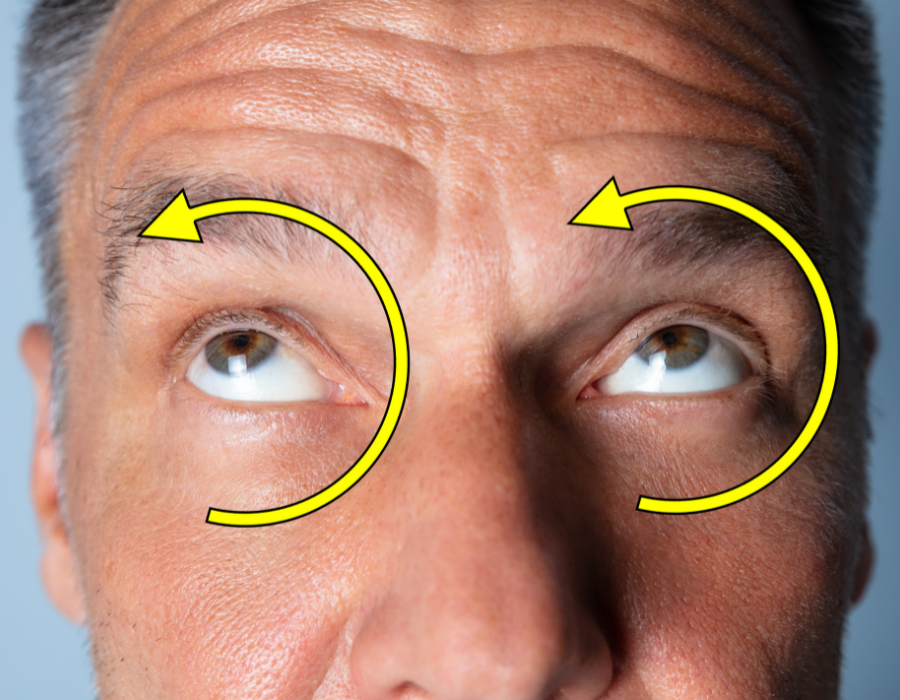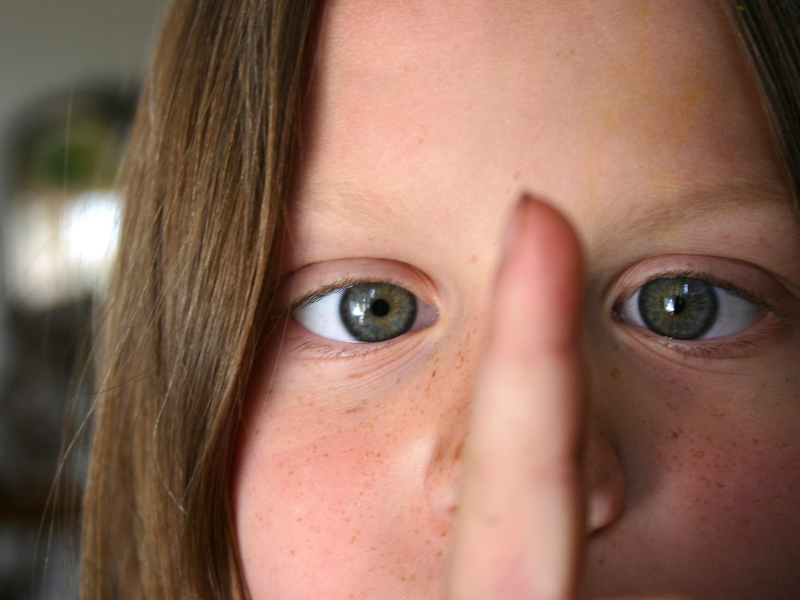In today’s digital era, screens have become an integral part of our lives, offering convenience and endless possibilities. However, the excessive use of digital devices has given rise to a growing concern—digital eye strain. This condition affects both children and adults, and its impact on our vision cannot be ignored. In this blog post, we will delve into the causes, symptoms, and preventive measures to mitigate the effects of digital eye strain, enabling us to safeguard our visual health.
Understanding Digital Eye Strain
Digital eye strain, also known as computer vision syndrome, refers to a group of eye and vision-related problems resulting from prolonged use of digital devices such as computers, smartphones, tablets, and gaming consoles. The primary cause of digital eye strain is the extended exposure to the blue light emitted by these screens, along with other contributing factors like poor lighting, improper screen distance, and infrequent blinking.
The Impact on Children
Children are increasingly exposed to digital devices at an early age, whether it be for educational purposes, entertainment, or social interaction. However, their developing visual systems are more vulnerable to the adverse effects of digital eye strain. The prolonged use of screens can lead to a range of symptoms, including dry eyes, eye fatigue, blurred vision, headaches, and neck and shoulder pain. Additionally, excessive screen time can disrupt their sleep patterns, impact their academic performance, and even contribute to the development of myopia (nearsightedness).
The Impact on Adults
Adults are not immune to the consequences of digital eye strain either. In today’s technology-driven work environments, professionals spend hours staring at computer screens, leading to similar symptoms as experienced by children. Moreover, the demands of modern life often extend screen time beyond the workplace, affecting personal activities such as reading, watching TV, and using mobile devices. Neglecting to address digital eye strain can result in decreased productivity, decreased quality of life, and potential long-term vision problems.
Preventive Measures for All Ages
- Limit screen time: Establish a healthy balance between screen usage and other activities. Encourage regular breaks, physical exercise, and outdoor activities to reduce the strain on eyes.
- Follow the 20-20-20 rule: Every 20 minutes, take a 20-second break and focus on an object at least 20 feet away. This practice helps relax eye muscles and combat eye fatigue.
- Adjust screen settings: Optimize screen brightness, contrast, and font size to ensure comfortable viewing. Avoid using devices in bright sunlight or dimly lit environments.
- Maintain proper posture: Ensure correct ergonomics while using digital devices. Position screens at eye level, use a chair with good back support, and maintain an appropriate distance from the screen.
- Use blue light filters: Consider utilizing software or protective eyewear with blue light filters to minimize exposure to harmful blue light.
- Blink frequently: Remind yourself, and your children, to blink regularly while using screens to keep the eyes moisturized and prevent dryness.
- Get regular eye exams: Schedule routine eye examinations for yourself and your children. An eye care professional can detect and address any underlying vision issues and provide appropriate guidance.



